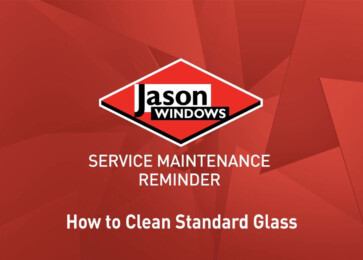How do I remove my Jason security screens for cleaning?
Our security screens should not be removed for cleaning purposes. There are multiple ways to clean your screens without compromising security.
Sliding screen windows can usually be hosed down from the outside. However, if you require a more thorough clean, the sliding window can be removed in order to gain access to the inside of the security screen. See below for an instructional video on how to remove the window.
For awning windows, wind your window out fully and use the open gap to gain access to the inside of the security screen.















